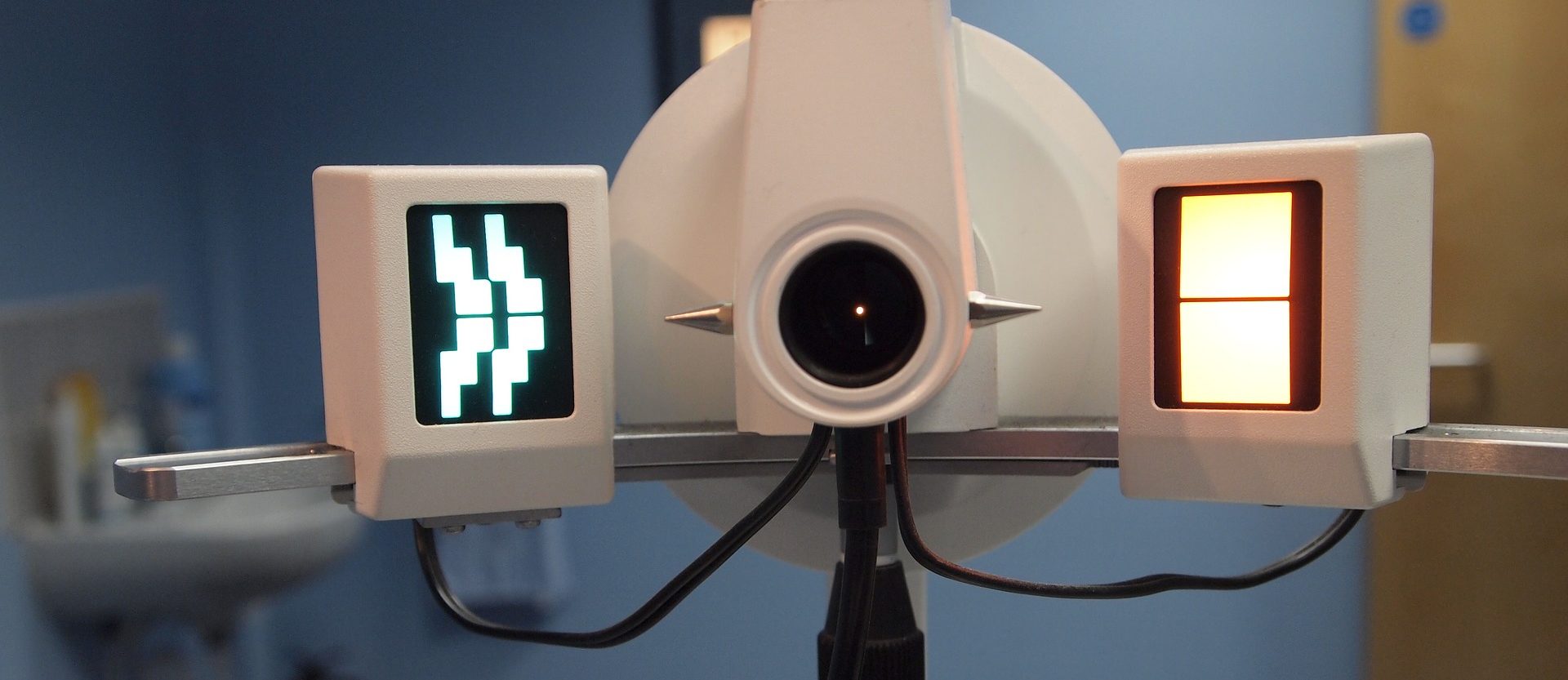
Contact lens records
Contact Lens Records
Contact lens records
The following details the areas which should be addressed when making records of patients’ appointments:
A. For initial appointment for a new patient
1. General information
• Date fitting commenced
• Name
• Address
• Telephone numbers
• Date of birth
• Referring optometrist/OMP
• Details of most recent prescription including prescriber, date of rx, recall date and VA’s if available
• Spectacles presently worn and VAs
• Any initial contraindications to CL fitting
• Patient’s reason for wanting contact lenses
• Occupation, working environment and time spent on VDU
• Sports, hobbies and pastimes
• Allergies/Hay fever (Seasonal allergic conjunctivitis)
• General health, personal and family ocular health
• Personal and family general health and specific pathologies
• Medications
• Smoker
• Driving
• General practitioner and name of surgery
• Contact lens history
2. Detailed examination of the anterior eye
A named grading scale and diagrammatic recording should be used. Should include space for assessments of:
• General adnexa of eye
• Each layer of the cornea and limbus
• Conjunctiva
• Lids, lid margins, lid tensions and lid position (upper and lower)
• Tear assessments – quality and quantity
• Other relevant data (e.g. ocular dominance, horizontal visible iris diameter, pupil diameter [varied illumination], vertical palpebral aperture)
• Lot numbers and expiry date of any drugs or diagnostic agent used during the examination should be recorded
3. Keratometric information
Type of instrument, values measured and mire quality; dioptric values, radii and axes/meridians. Topographical information if available.
4. Lens options discussed with the patient
Should be recorded. For example, wearing schedules (hours per day, days per week), lens materials, modality and risk factors, reasons for your recommendations.
5. Contraindications found in the examination.
6. Trial lenses used
With full details of fit assessment (centration, positions, movement on blink, push-up), over refraction including duochrome or +1D, and binocular balance and monocular and binocular visual acuities including DV, NV and intermediate if appropriate.
7. Details of lenses to be ordered and clear indication of whether a collection appointment is required.
8. Next scheduled appointment.
B. For collection appointments
If task delegated, then the name of the staff member undertaking the I&R appointment should be recorded and the name of the registrant providing supervision.
1. Instruction given to the patient
Lens handling and ability to insert, removal, re-centration, case hygiene, personal hygiene, care system (including rub and rinse instructions) and wearing schedule. Disposal of used lenses and recycling of packaging where available. Advice should be given (and noted) with regard to avoidance of water/swimming/sauna/hot tub etc.
An assessment of the patient’s ability to handle their lenses should be recorded.
2. The recommended care system named and “rub and rinse” emphasised where appropriate.
3. Assessment of lens fit and visual acuities if required – ie if patient is collecting a different RX to the one used at the trial and the practitioner wishes to perform a VA check before the patient leaves the practice.
4. Date and time of next aftercare appointment and indication of future appointments.
5. Patient acknowledgement form – this should include instructions on wear and care, what to do in an emergency, contact details of the practice. This acknowledgement form is part of the patient record and therefore must be signed by the patient and practitioner or delegated team member.
C. All future appointments should include:
1. General information
• Date and time of appointment
• History and symptoms since last visit
• Wearing pattern
• Patient’s impressions of vision and comfort. Care system – compliance and handling including rub and rinse element if appropriate.
2. Over refraction
• Visual acuities with lenses including DV & NV (monocularly and binocularly if appropriate).
• Objective assessment where appropriate (retinoscopy/autorefractor). Subjective assessment and acuities.
• Confirmation tests (duochrome, + 1.00 blur, pinhole. Binocular balance) where appropriate.
3. Examination of lenses on the eyes – including:
• Centration, positions, movement on blink, push-up.
• Lot numbers and expiry date of any drugs used during the examination should be recorded.
• Assessment of lens condition.
4. Other examinations the practitioner considers appropriate
e.g. Pre-lens tear break-up time, keratometry.
5. Detailed examination of the anterior eye.
• Should include space for assessments of each layer of the cornea and limbus
• Conjunctiva.
• Lid eversion with patient permission.
• Lids and lid margins.
• Tears.
• Where possible a named grading scale and diagrammatic recording should be used.
6. Conclusions/advice/actions
Space should be available for practitioners to record, for instance, changes in wearing pattern, refit, replacement, discontinue lens wear (temporary or permanent), change in care system, adjustments to power or fit, etc. This should include the rationale for changes including patient requests to meet any specific challenges, circumstances and requirements. Also included under this heading would be advice on time of next contact lens aftercare check and/or full eye examination.
7. Contact lens specification
The issuing of the contact lens specification and its expiry date should be noted – and it is advisable that a copy be made of the document issued and kept in the patient’s records.
January 2021
